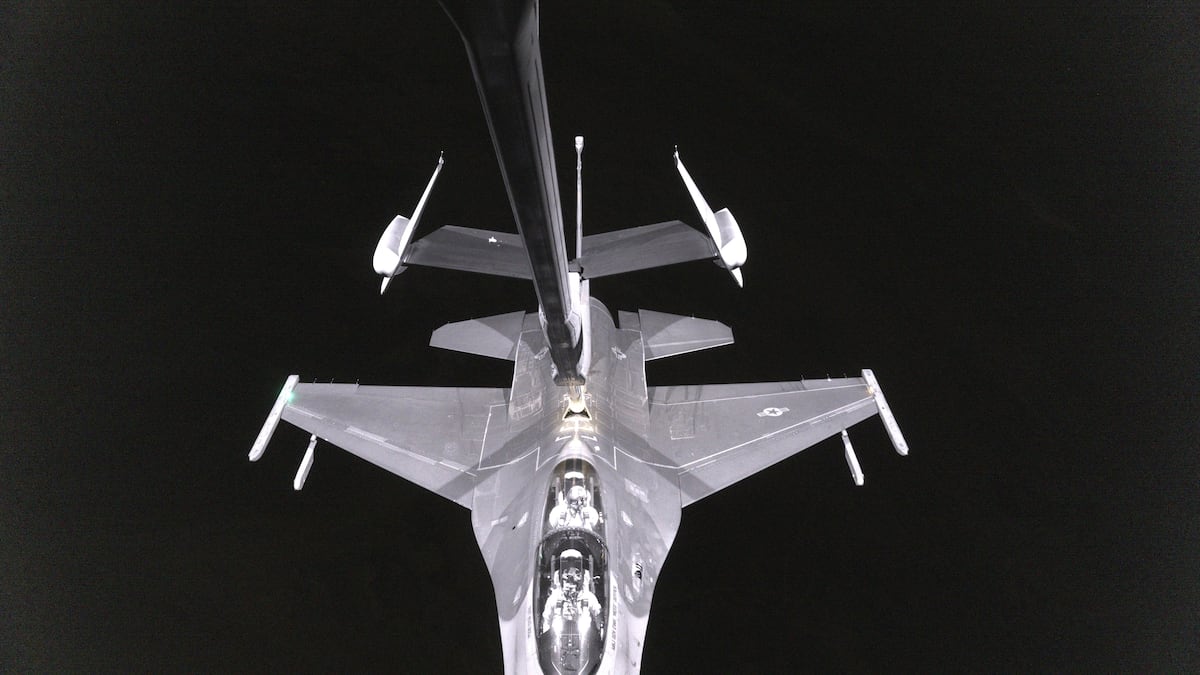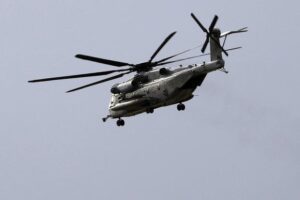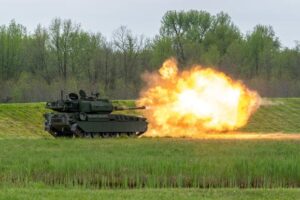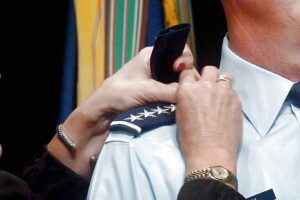KC-46 Pegasus Tanker Faces Further Delays in Vision System Upgrade
The KC-46 Pegasus refueling tanker continues to experience delays, with the anticipated upgrade of its remote vision system now pushed back to the summer of 2027. This development places the Boeing project more than three years behind its original schedule, according to the U.S. Air Force.
An Air Force representative indicated via email that the deployment of the new system, identified as RVS 2.0, is anticipated in approximately two years. However, the reasons behind this latest delay remain undisclosed. Boeing has deferred inquiries back to the Air Force.
“The Air Force and Boeing are exploring opportunities to prevent or mitigate the slip in schedule,” stated the spokesperson.
Traditional refueling tankers like the KC-10 Extender and KC-135 Stratotanker require boom operators to manually guide the boom into the recipient aircraft using a window view from the rear of the tanker. The KC-135, in particular, involves boom operators lying prone to perform this task.
With the introduction of the KC-46, a significant shift was proposed. Operators in the Pegasus utilize advanced technology, including cameras and sensors, to manage the refueling process from stations positioned towards the front of the aircraft.
Issues, however, plagued the original Collins-manufactured remote vision system. Problems such as slow adaptation to changing light conditions and image distortion raised concerns about potential damage to receiving aircraft from the boom.
Boeing responded by developing RVS 2.0, incorporating an array of sensors, 4K ultrahigh-definition cameras, and screens to provide a clear 3D, full-color image for operators.
Originally slated for a March 2024 release, RVS 2.0 has faced delays attributed to supply chain challenges and setbacks in obtaining the Federal Aviation Administration’s airworthiness certification.
Air Force Chief of Staff Gen. David Allvin informed lawmakers that the KC-46 presently has five category 1 deficiencies, with two linked to its remote vision system. He estimated that RVS 2.0 may require an additional 18 months of development.
“It’s operating, it’s just not operating as we would expect it to,” Allvin explained to the House Appropriations Committee.
The KC-46 also encounters issues with its stiff refueling boom, which prevents refueling of the A-10 Warthog and has not yet been tested with the forthcoming E-7 Wedgetail.
Gen. Allvin, alongside Air Mobility Command head Gen. Jon Lamontagne, recently met with Boeing’s Defense, Space, and Security head Steve Parker to meticulously review the KC-46’s remaining major issues.
“It is capable; it’s not optimal,” Allvin concluded.






